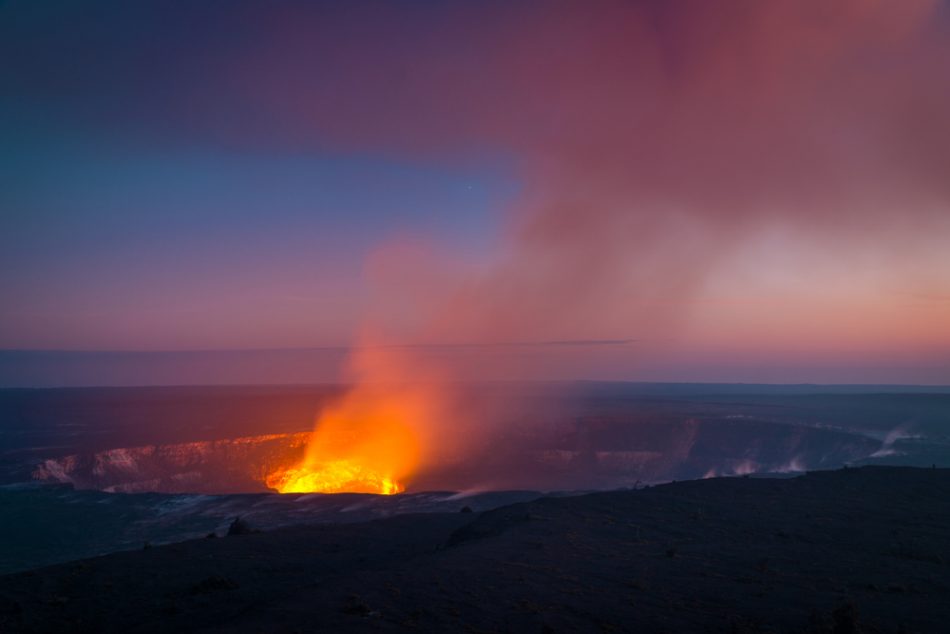Hawaii’s Kilauea volcano dramatically erupted in 2018, causing earthquakes, ash plumes, and lava flows that demolished over 700 homes on the island. This was one of the worst eruptions the U.S. had seen since Mount St. Helens and unfortunately there was no credible model to turn to to help predict when this disaster was going to strike.
Researchers from the University of Oregon have recently conducted research to help on this front, searching for potential warning signs from the volcano’s lava lake which formed inside the Halema’uma’u crater and spent 10 years slowly-erupting before the huge event took place. To do this, the group analyzed the musical and temperature dynamics of this process to investigate whether a warning signature could be deciphered.
“It’s a new view into the dynamics of a really popular volcano,” said Leif Karlstrom, who led the work. “People could stand near the lava lake rim and visit the lava flows coming out. But under the surface, there was lots more going on.”
The cause of Kilauea’s lava lake turning into a full-blown eruption was a series of heating and cooling events within the depths of the chamber which eventually led to a buildup of pressure. To investigate these deep dynamics, the researchers analyzed vibration data collected by the Hawaiian Volcano Observatory from 2008 to 2018 to figure out what Kilauea’s eruption song sounds like.
“Once something physically disturbs the magma chamber or the lava lake, it sloshes around, and we can measure that with seismometers,” explained Josh Crozier, who also worked on the paper. “Over this decade-long eruption, we detected tens of thousands of such events. We’re combining this data with a physics-based model of processes that are creating these signals.”
The team was able to pinpoint the vibrational signatures of each smaller eruption in the magma chamber, determined by both the shape and properties of the magma – such as temperature and gas content. This method allows understanding of what is happening in the volcano without having to directly probe the hazardous environment. “We can actually see gas building up over time and temperature changing without any direct measurements,” Crozier added.
This analysis proves evidence for a more complex form of eruption that typical unreliable models depict, providing a more accurate system for volcanic eruption estimation. The scientists claim that it’s too soon to solely use their musical method to be able to predict eruptions, however, they emphasize that this work could help future scientists interpret volcanoes’ signals.
Source study: Science Advances – Evolving magma temperature and volatile contents over the 2008–2018 summit eruption of Kīlauea Volcano











